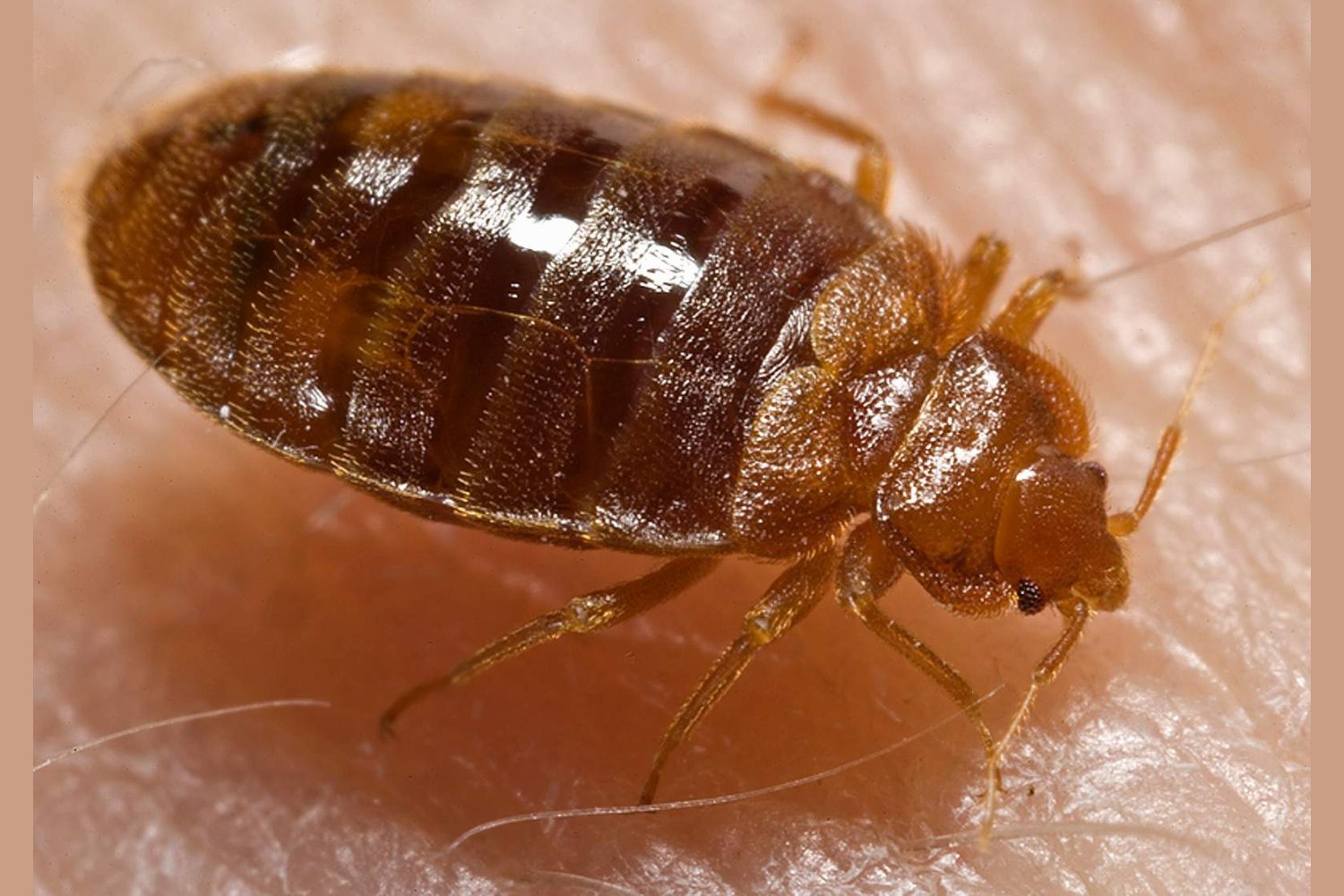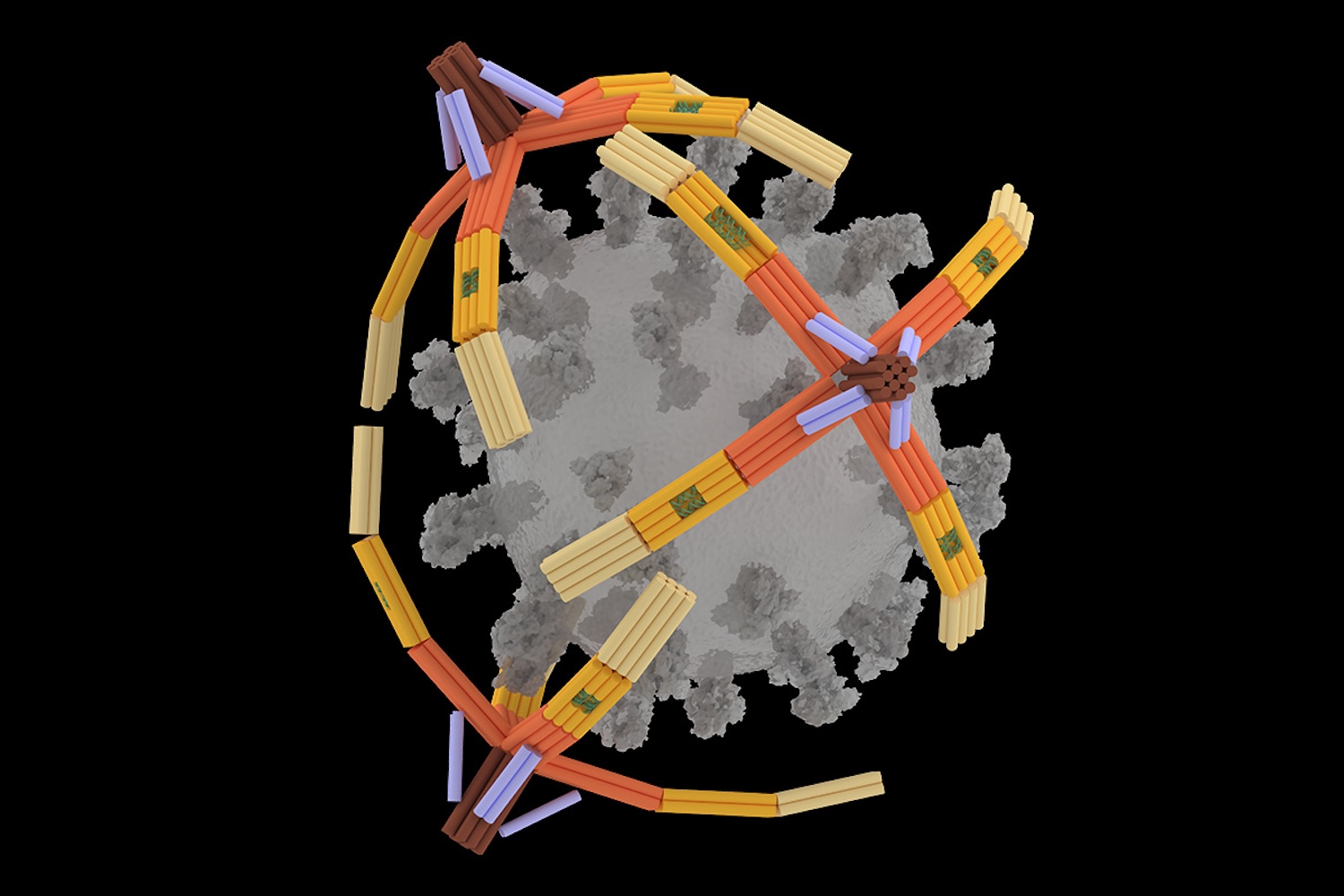By the 1960s, widespread pesticide use had nearly wiped out bed bug populations. In the past two decades, however, the blood-suckers have staged a nasty resurgence. Now, scientists have uncovered genetic factors that are helping to explain this unwelcome resurgence.
A team of researchers led by Hidemasa Bono of Hiroshima University has sequenced the most complete insecticide-resistant bed bug genome to date and compared it to the genome of an insecticide-susceptible (non-resistant) bed bug. Their findings, detailed in a study published in the journal Insects in September, provide an unprecedented look into the genetic mutations driving insecticide resistance in bed bugs, which could help shape future pest control strategies.
Bed bugs can be a royal pain in the ass. Even though they’re not known to transmit diseases to humans, bed bug bites can cause itching, loss of sleep, anxiety, and, occasionally, allergic reactions, according to the Centers for Disease Control and Prevention (CDC). Additionally, disproportionate itching could lead to secondary skin infections.
“We identified a large number of genes likely involved in insecticide resistance, many of which have not been previously reported as being associated with resistance in bedbugs,” Kouhei Toga of Hiroshima University, who was the first author of the study, said in a university statement.
The researchers in Japan took the non-resistant genomes from descendants of wild bed bugs captured over six decades ago in Nagasaki, and the resistant genomes from descendants of bed bugs found in a hotel in Hiroshima in 2010. Using a “breakthrough” method called long-read sequencing that allowed them to sequence longer DNA sections than traditional techniques, such as leaving fewer gaps, the team subsequently mapped both genomes “near-gap-free” and “near-error-free,” they wrote in the statement.
They then compared the two genomes and identified hundreds of mutations linked to insecticide resistance in the resistant strain. Furthermore, they found the hotel bed bug genome to be 19,859 times more resistant to pyrethroids, a common synthetic pesticide, than the non-resistant genome, according to the study.
“We determined the genome sequence of insecticide-resistant bed bugs, which exhibited 20,000-fold greater resistance compared to susceptible bed bugs,” said Toga. “By comparing the amino acid sequences between the susceptible and resistant bed bugs, we identified 729 transcripts with resistance-specific mutations,” he added, “transcripts” being RNA molecules that translate DNA instructions into proteins. The researchers’ results confirmed resistance mutations found by previous studies, as well as discovering new ones.
“These transcripts included genes related to DNA damage response, cell cycle regulation, insulin metabolism, and lysosome functions. This suggests that these molecular pathways may play a role in the development of pyrethroid resistance in bed bugs,” Toga explained. A lysosome is an organelle found in many animal cells that contains digestive enzymes.
By identifying these mutations, the study ultimately provides new genetic resources to monitor, understand, and address insecticide resistance in wild populations as well as those already in our beds. We certainly don’t want a repeat of the Paris 2023 bed bug scare.














